 Lake of Death is a Norwegian remake of a famous (I’m told) Norwegian horror movie from 1958, Lake of the Dead. Same in Norwegian, though, as you can see. And man did it know it was a remake, what with all the dialogue references to Nightmare on Elm Street, Evil Dead, Cabin Fever, and so on. Mostly, that was the only problem with the movie. It couldn’t decide what kind of film it was. Slasher homage? Creepy ghost story? Portrait of a woman in declining sanity? Who knows! It really didn’t make a lick of sense until the last five minutes, at which point it made an extremely small amount of sense but still mostly not.
Lake of Death is a Norwegian remake of a famous (I’m told) Norwegian horror movie from 1958, Lake of the Dead. Same in Norwegian, though, as you can see. And man did it know it was a remake, what with all the dialogue references to Nightmare on Elm Street, Evil Dead, Cabin Fever, and so on. Mostly, that was the only problem with the movie. It couldn’t decide what kind of film it was. Slasher homage? Creepy ghost story? Portrait of a woman in declining sanity? Who knows! It really didn’t make a lick of sense until the last five minutes, at which point it made an extremely small amount of sense but still mostly not.
See, there’s this 20-something girl, and she and her twin brother owned a cabin on a lake in the Norwegian woods, or rather inherited it when they were orphaned, and eventually got it out of trust or got old enough to drive themselves to it, or, I don’t know how it worked. Usually people who are in foster care or being adopted don’t own cabins, okay? But then a year ago, the brother went missing presumed dead, and now the girl and some friends (a podcaster, a Dane, a blonde swimmer, a person who owned a car, and I forget who else) are visiting it and the lake one last time, before she sells the property.
Only, the lake has a creepy history about mesmerising people into being murderers or being a place where parents drowned their sick children who would not recover, and the cabin has unexpected secrets, and also now that they’re at the cabin, animals are being tortured, and people are going missing, and uh oh, oops all murder! ….except, you know, is it a ghost, or a newly crazy person, or a previously crazy person, or all of the above, or none of the above? Too many things, is what I’m saying here. Too many things. Pick a genre! …or transcend it, that’s okay too.
Spoilers, I guess, but I kind of wish it had been the ghost thing.
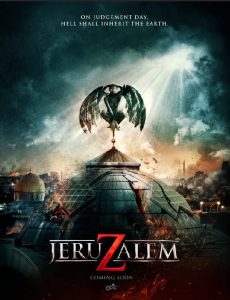 The first few minutes of
The first few minutes of 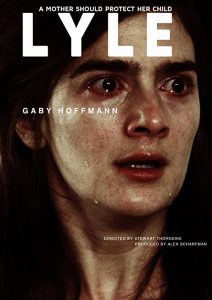 Here’s a movie you’ve seen at least a hundred times before: pregnant lady, around whom strange things are happening. (Most obviously, the accidental(?) death of her toddler child in the new Brooklyn apartment they just moved into.) The two possibilities presented are a) she’s paranoid or b) Satanism!
Here’s a movie you’ve seen at least a hundred times before: pregnant lady, around whom strange things are happening. (Most obviously, the accidental(?) death of her toddler child in the new Brooklyn apartment they just moved into.) The two possibilities presented are a) she’s paranoid or b) Satanism!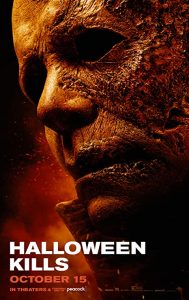 From a plotting perspective,
From a plotting perspective, 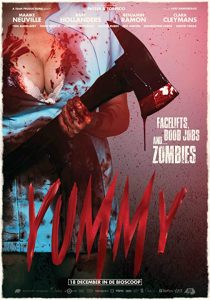 Since I saw
Since I saw 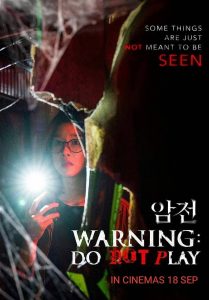
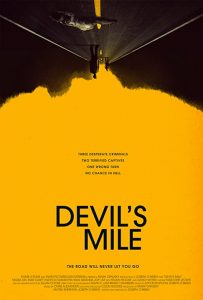 I almost wish
I almost wish 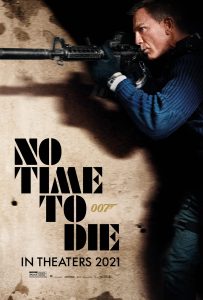 I’m still not entirely comfortable with the fact that all of the Daniel Craig Bond films have shared a continuity and an ongoing story arc. I mean, yes, it’s great from a storytelling perspective. But it’s not really how James Bond movies work, traditionally?
I’m still not entirely comfortable with the fact that all of the Daniel Craig Bond films have shared a continuity and an ongoing story arc. I mean, yes, it’s great from a storytelling perspective. But it’s not really how James Bond movies work, traditionally?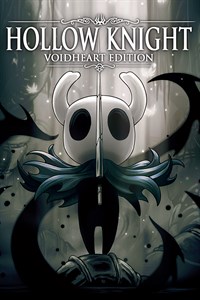 I still don’t understand why games that are roguelike are named after the original game of that style, Rogue, while games that are Metroid-like (ie, exploration-platformers with boss fights and power-ups) are named after more than a decade later when Castlevania did the same thing, and someone decided they were equivalent and everyone else agreed. It’s just not right.
I still don’t understand why games that are roguelike are named after the original game of that style, Rogue, while games that are Metroid-like (ie, exploration-platformers with boss fights and power-ups) are named after more than a decade later when Castlevania did the same thing, and someone decided they were equivalent and everyone else agreed. It’s just not right.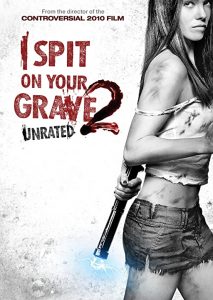 The thing that made I Spit on Your Grave[1] more than torture porn [before that was even a subgenre] is the novelty. There aren’t many lady revenge stories, and fewer that are violent in the way that dude revenge stories are violent. As such, it has both the typically female strength storyline in which a woman who has faced, uh, let’s say adversity is able to rise up from circumstances that would destroy a man[2], and then it follows that up with the direct, bloody revenge that has, as I said, been a traditionally male-dominated arena.
The thing that made I Spit on Your Grave[1] more than torture porn [before that was even a subgenre] is the novelty. There aren’t many lady revenge stories, and fewer that are violent in the way that dude revenge stories are violent. As such, it has both the typically female strength storyline in which a woman who has faced, uh, let’s say adversity is able to rise up from circumstances that would destroy a man[2], and then it follows that up with the direct, bloody revenge that has, as I said, been a traditionally male-dominated arena.